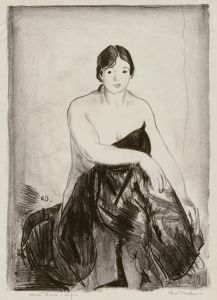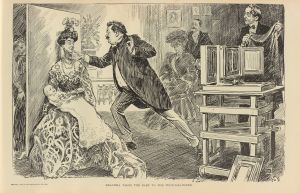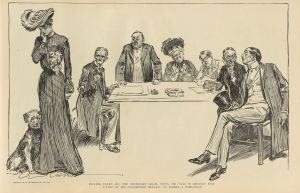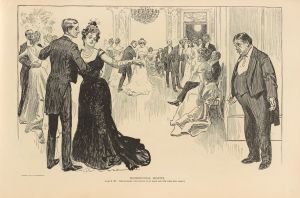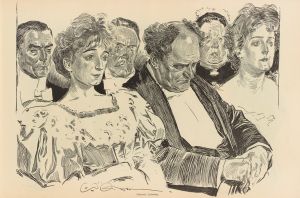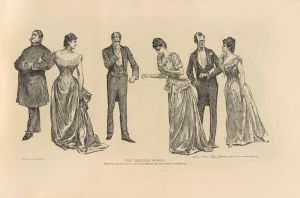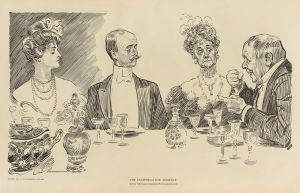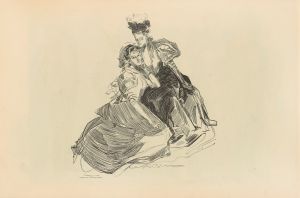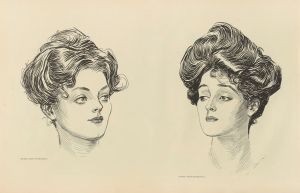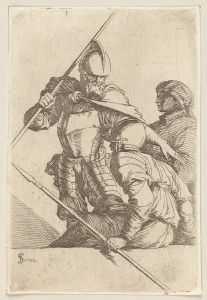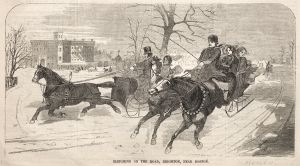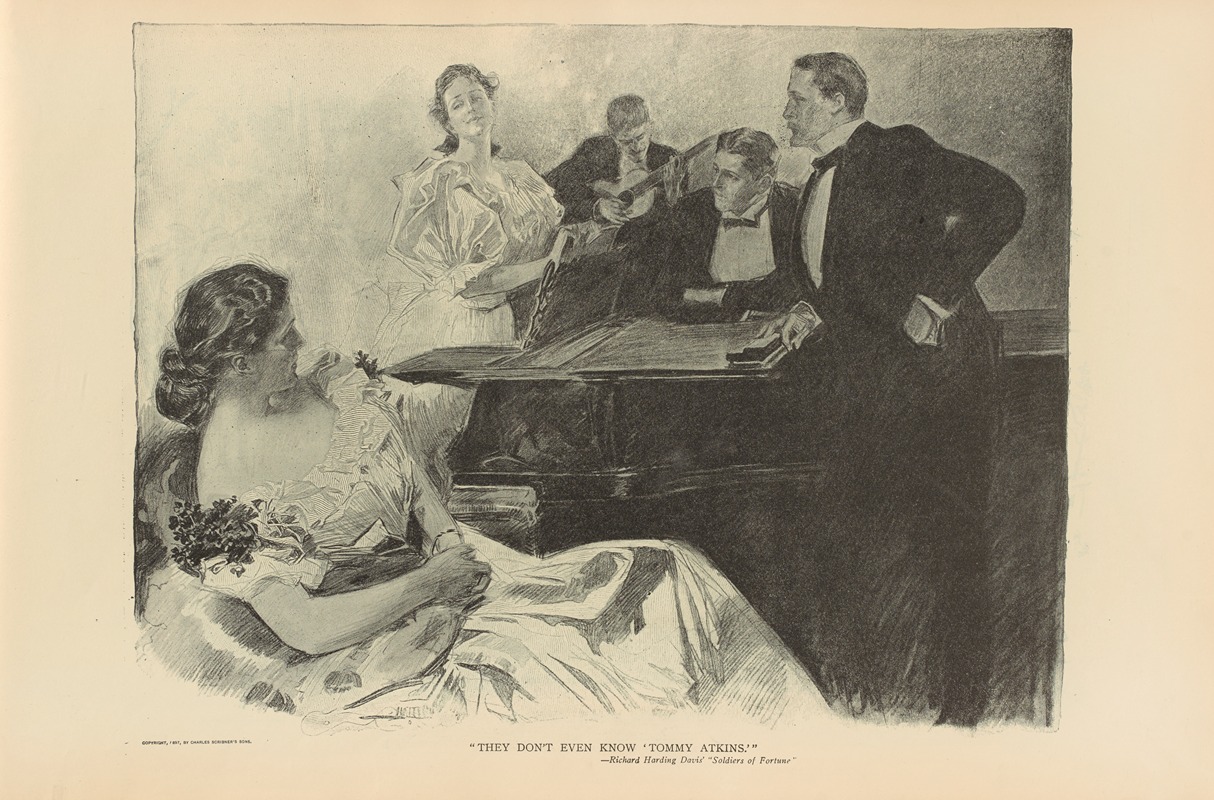
They don’t even know ‘Tommy Atkins’
A hand-painted replica of Charles Dana Gibson’s masterpiece They don’t even know ‘Tommy Atkins’, meticulously crafted by professional artists to capture the true essence of the original. Each piece is created with museum-quality canvas and rare mineral pigments, carefully painted by experienced artists with delicate brushstrokes and rich, layered colors to perfectly recreate the texture of the original artwork. Unlike machine-printed reproductions, this hand-painted version brings the painting to life, infused with the artist’s emotions and skill in every stroke. Whether for personal collection or home decoration, it instantly elevates the artistic atmosphere of any space.
Charles Dana Gibson, an American illustrator renowned for his iconic "Gibson Girl" illustrations, created the drawing titled They don’t even know ‘Tommy Atkins’. This artwork was published in 1899 in the British satirical magazine Punch. The piece reflects Gibson's ability to capture social and cultural themes through his pen-and-ink illustrations, which were widely celebrated during the late 19th and early 20th centuries.
The title of the artwork references "Tommy Atkins," a term commonly used to describe a generic British soldier. The phrase had been in use since at least the early 19th century and became widely recognized as a symbol of the ordinary British infantryman. By the time Gibson created this illustration, the term "Tommy Atkins" had gained significant cultural resonance, particularly in the context of the British Empire and its military endeavors.
The drawing itself depicts a poignant scene, showing a group of British upper-class women in a social setting, seemingly indifferent to the sacrifices of the common soldier, represented by "Tommy Atkins." The work is often interpreted as a commentary on the disconnect between the privileged classes and the realities faced by soldiers serving in the British military. However, the exact intent behind Gibson's illustration is not explicitly documented, and interpretations are based on the visual elements and the cultural context of the time.
Gibson's decision to contribute to Punch, a publication known for its satirical and often critical take on societal issues, aligns with his broader body of work, which frequently explored themes of class, gender, and societal norms. While Gibson was primarily associated with American culture, his work for Punch demonstrates his engagement with international issues and his ability to address universal themes.
They don’t even know ‘Tommy Atkins’ is a notable example of Gibson's skill in combining artistic technique with social commentary. The illustration showcases his characteristic style, marked by precise linework and attention to detail, which helped establish him as one of the leading illustrators of his era. Although Gibson is best remembered for his depictions of the "Gibson Girl," this piece highlights his versatility and his capacity to address serious and thought-provoking subjects.
Further details about the specific reception or impact of this particular illustration are not well-documented. However, it remains a significant example of Gibson's work and a reflection of the cultural and historical context of the late 19th century.







